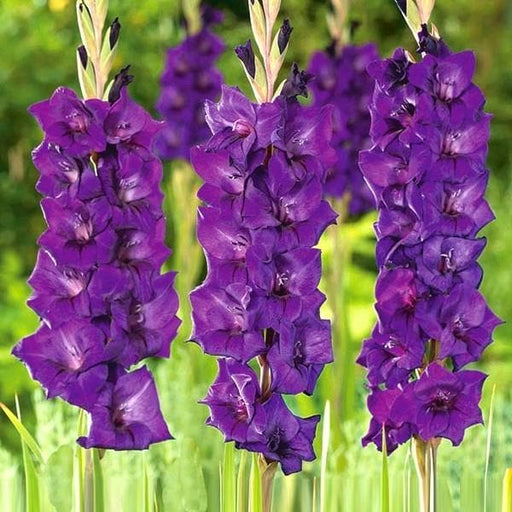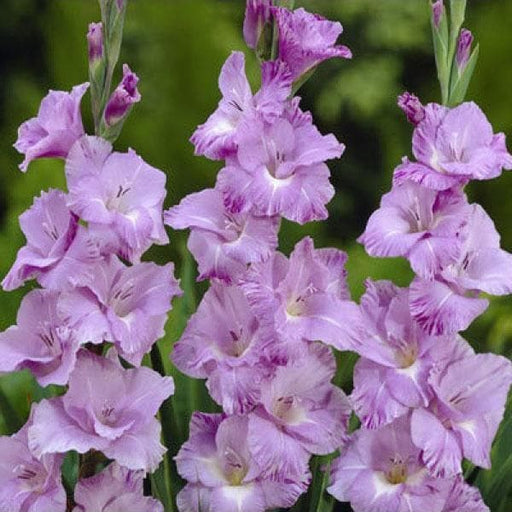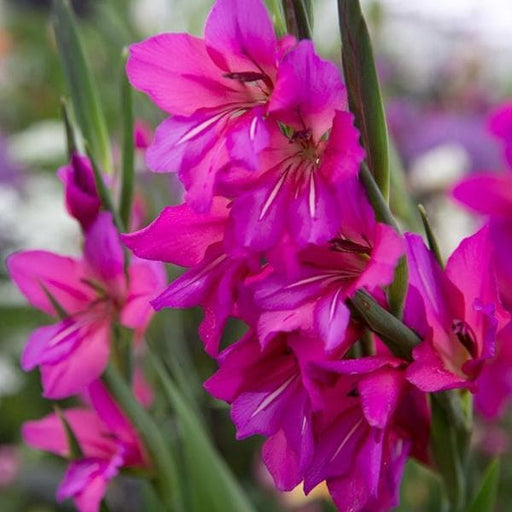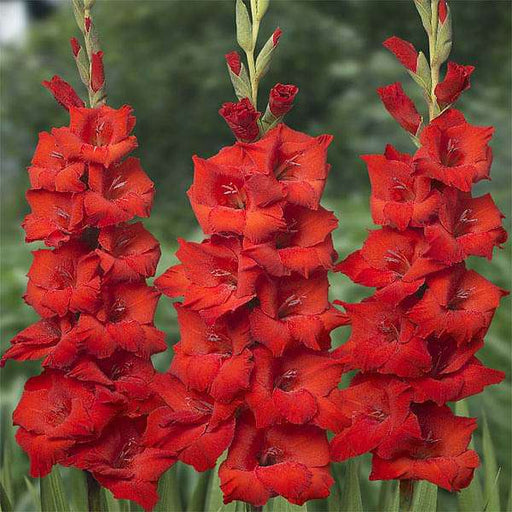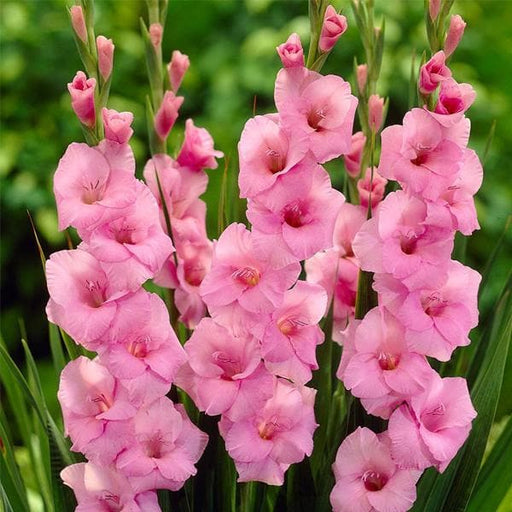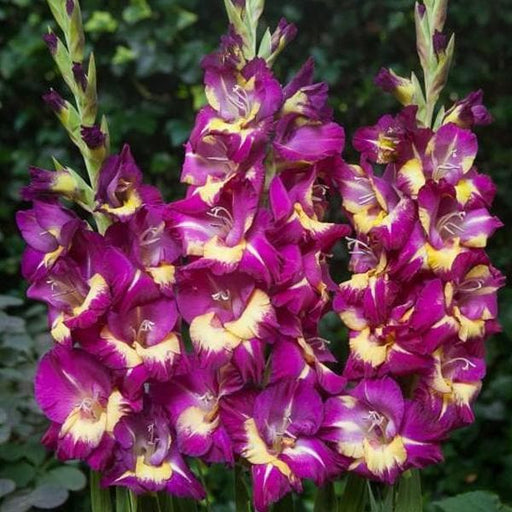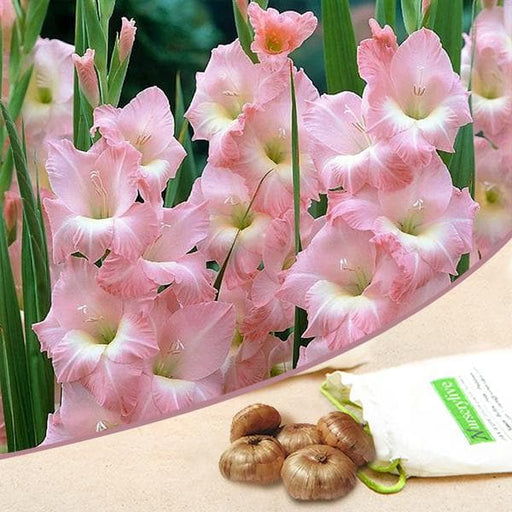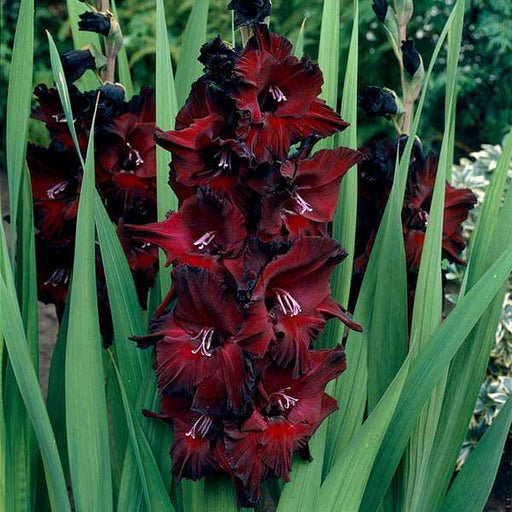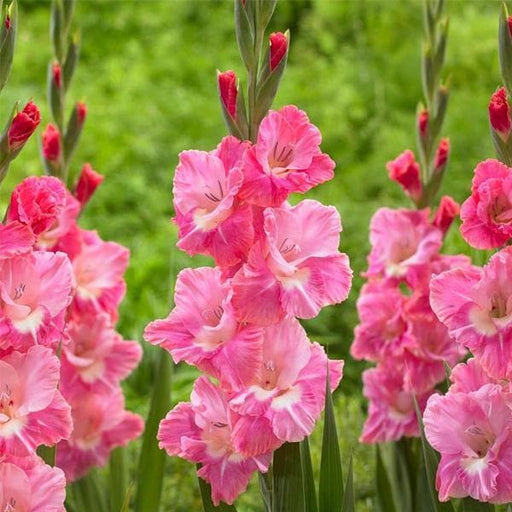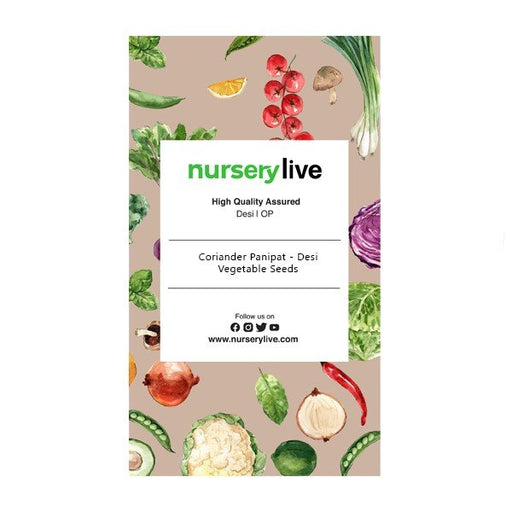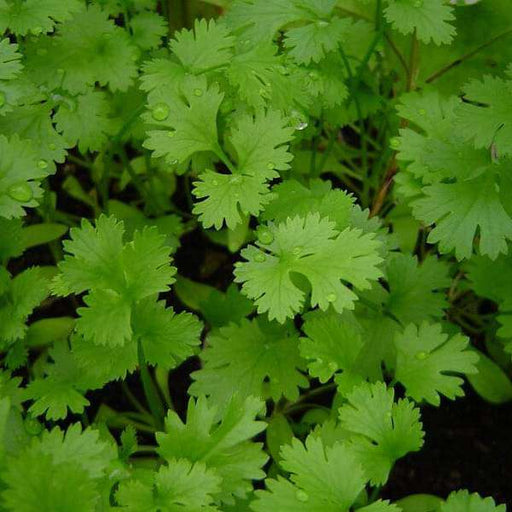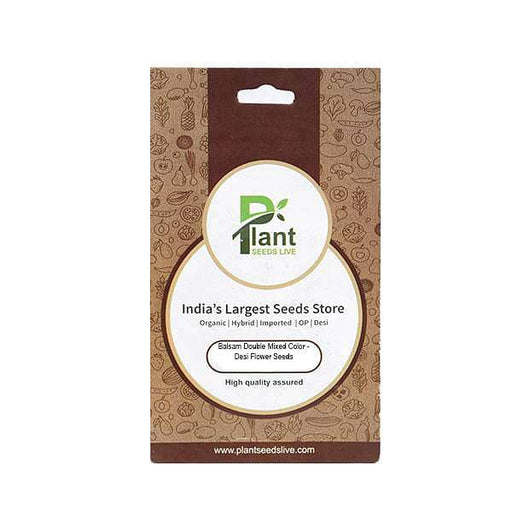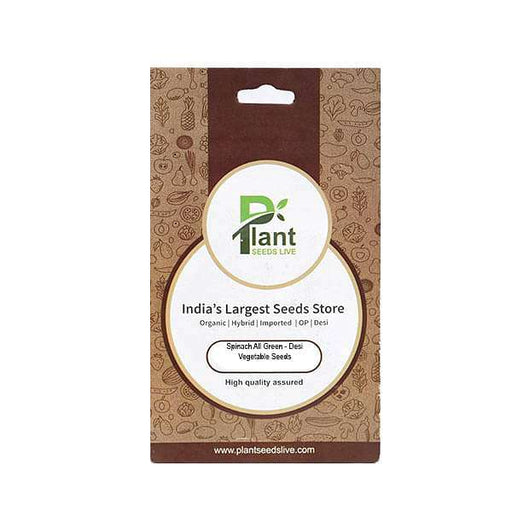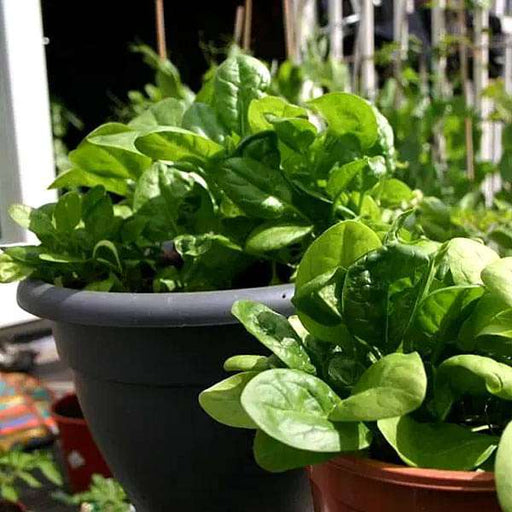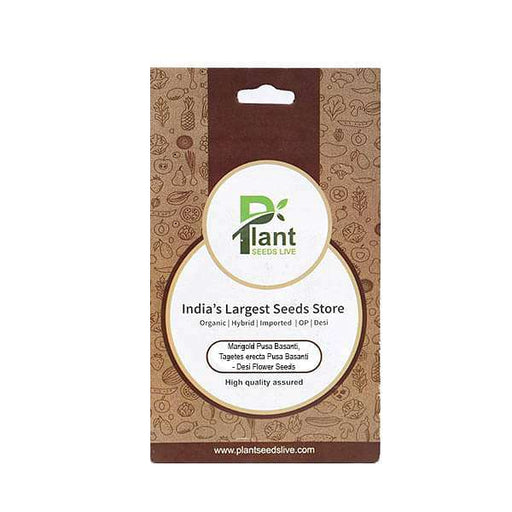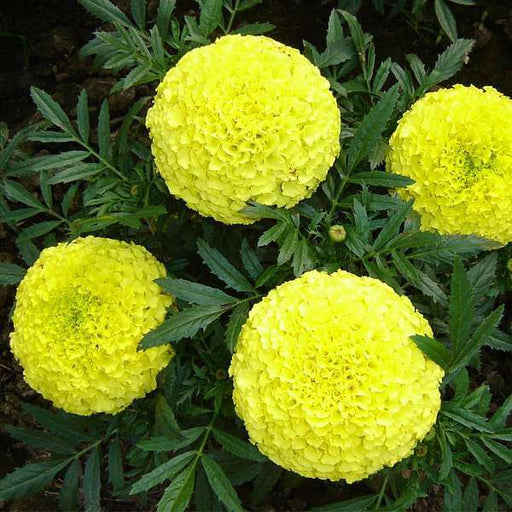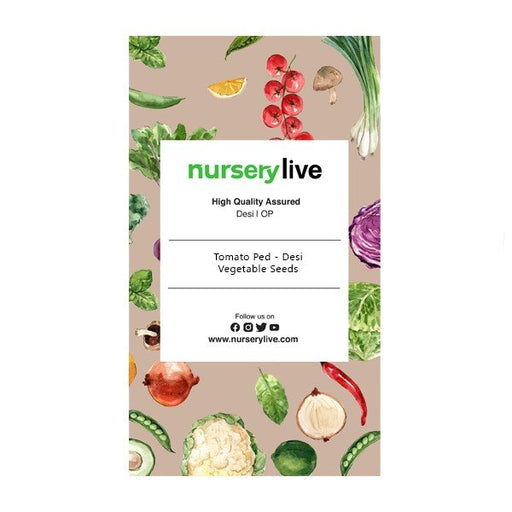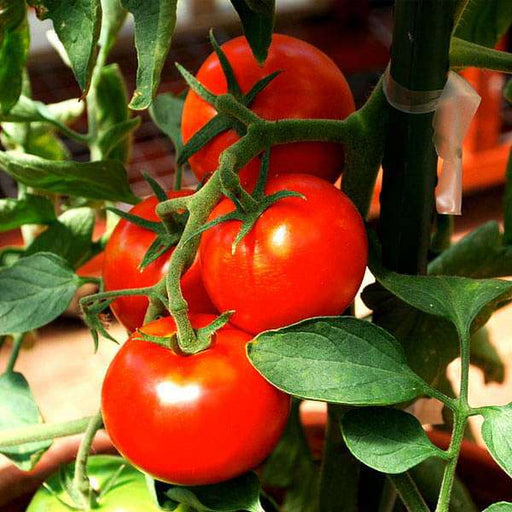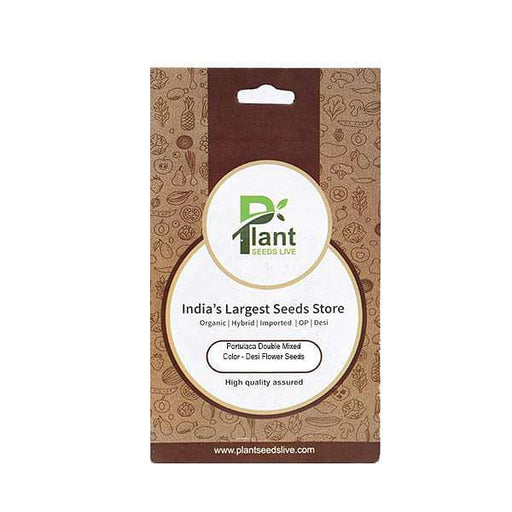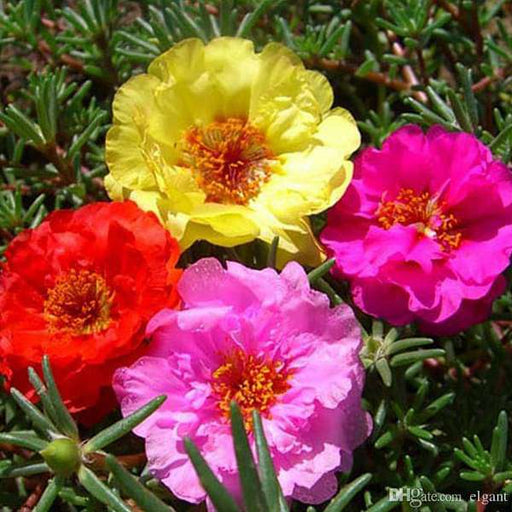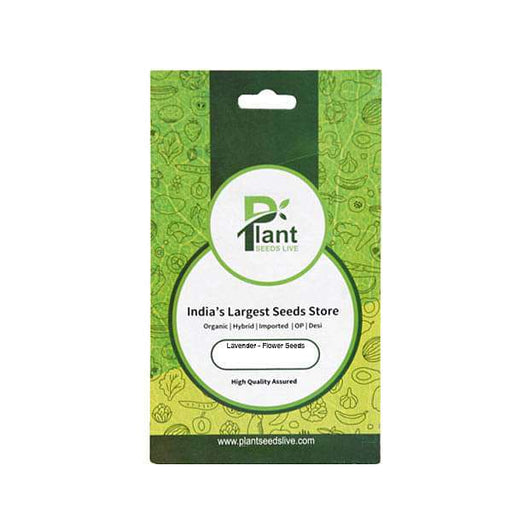Winter sowing basics
Brave the chill and discover the joy of winter sowing flower bulbs. With a little know-how and some hardy bulbs, you can create a stunning garden that defies the cold.
Cold-hardy flower bulbs
Meet the tough guys of the flower bulb world, like tulips and daffodils, that can withstand freezing temperatures. These resilient beauties will bring color and life to your garden, even in winter.
Winter bulb planting techniques
Learn the tricks of the trade for planting flower bulbs in cold weather. From proper depth and spacing to soil amendments, we've got you covered for a successful winter sowing.
Protecting bulbs from frost
Keep your flower bulbs safe from frost damage with these expert tips. Learn about mulching, frost covers, and other techniques to ensure your bulbs survive and thrive.
Winter container gardening
No yard? No problem! Winter sowing flower bulbs in containers is a fantastic way to brighten up your patio or balcony during the chilly months.
Indoor winter sowing
Bring the garden indoors by forcing flower bulbs to bloom during winter. Amaryllis and paperwhites are popular choices for a burst of color and fragrance inside your cozy home.
Companion planting for winter
Enhance your winter garden by pairing flower bulbs with complementary plants like evergreens and winter-flowering perennials. Create a multi-layered, visually stunning landscape.
Winter bulb care
Keep your flower bulbs healthy during the winter months with proper care. Learn about watering, fertilizing, and disease prevention techniques to ensure your winter sowing success.
Winter sowing calendar
Stay organized with this handy winter sowing calendar, outlining the ideal planting times for various flower bulbs. Maximize your garden's potential by planting on schedule.
Wildlife-friendly winter gardens
Attract birds and beneficial insects to your winter garden by planting flower bulbs that provide food and shelter during the cold months. Make your garden a haven for wildlife.
Winter sowing for beginners
New to winter sowing? Get started with this beginner's guide to planting flower bulbs during the colder months. With helpful tips and advice, you'll soon be a winter sowing pro.
Tools for winter sowing
Equip yourself with the right tools for planting flower bulbs during the winter season. From bulb planters to frost covers, these gadgets will make your winter sowing experience a breeze.
Winter garden design ideas
Get inspired with these creative winter garden design ideas featuring flower bulbs. Create a breathtaking winter wonderland that showcases the beauty of the season.
Winter sowing in different climates
Discover how to adapt your winter sowing techniques for different climates. Whether you're dealing with mild or severe winters, there's a winter sowing strategy for every gardener.
Winter bulb storage
Learn how to store your flower bulbs properly during the winter months to ensure their survival and vigor. Proper storage conditions are key to enjoying a successful winter sowing season.
Sustainable winter gardening
Adopt sustainable practices in your winter garden to minimize your environmental impact. Plant native species, conserve water, and use eco-friendly materials for a garden that's kind to the planet.
Troubleshooting winter sowing issues
Overcome common challenges faced by gardeners during the winter sowing season, such as pests, diseases, and nutrient deficiencies. Equip yourself with knowledge and practical solutions to keep your garden thriving.
Winter sowing success stories
Get inspired by the success stories of fellow gardeners who have mastered the art of winter sowing. Learn from their experiences and apply their wisdom to your own winter garden.
Winter sowing resources
Stay informed and connected with valuable resources dedicated to winter sowing.


